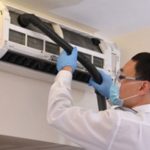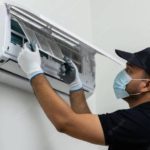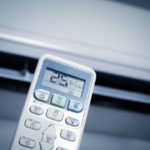A dirty air conditioner filter can lead to increased operational costs and noise. Over time, a layer of dirt and dust can build up on the filter, reducing the airflow and causing the unit to work harder to maintain the desired temperature. According to a study cited by a home appliance expert, air conditioners can lose about 1% of their efficiency each week due to a dirty filter. As a result, your energy consumption may increase by 5-15% compared to when the unit was first installed.
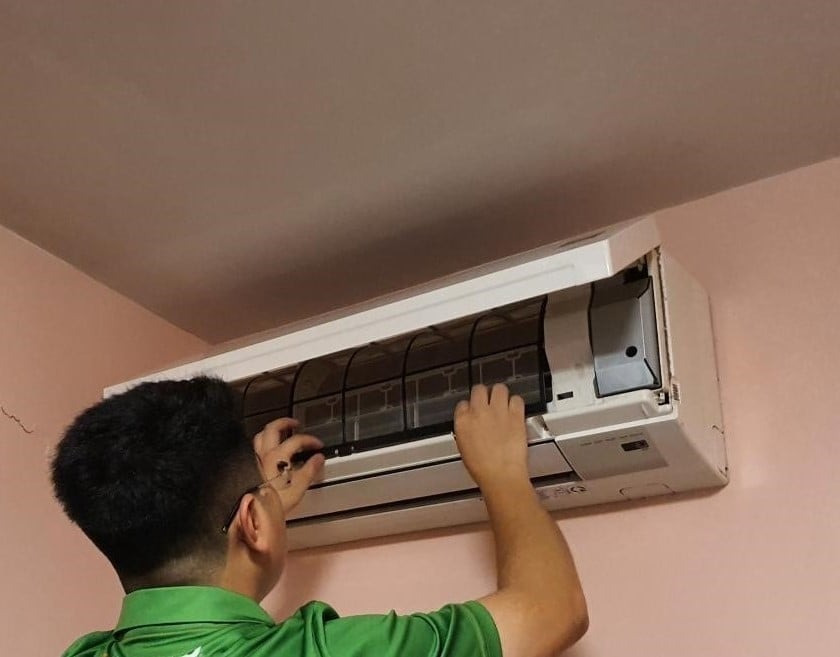
According to a home appliance expert, a study found that air conditioners can lose about 1% of their efficiency each week due to a dirty filter.
When your air conditioner is not cooling effectively or is making loud noises, the first thing to check is the filter. It is recommended to clean or replace the filter periodically, especially if you use your air conditioner frequently. For households that use their air conditioners daily, it is advised to clean or replace the filter every 3-4 months. If you use it less often, cleaning or replacement every 6 months may be sufficient.
For companies, restaurants, and industrial sites, where air conditioners are used more frequently and in dustier environments, it is recommended to clean or replace the filters more often, approximately every month.
How to Clean Your Air Conditioner Filter
Dust and dirt usually accumulate on the air filter, the aluminum fins, and the air vent of the evaporator (indoor unit). On the condenser (outdoor unit), dust mainly builds up on the fan and in some internal corners.
Air conditioner cleaning can vary in scope. If your unit has not been maintained for a long time, it is best to call a professional to perform a thorough cleaning. They will use specialized tools, such as a pressure pump, to thoroughly clean the aluminum fins and accessories, ensuring that all dirt and dust are removed.
If you regularly clean your air conditioner, you can remove the filter yourself and use a brush or vacuum cleaner to clean the air vents. Most of the issues with air conditioners, such as water leakage from the indoor unit or slow cooling, are often due to dust accumulation and a lack of regular cleaning.
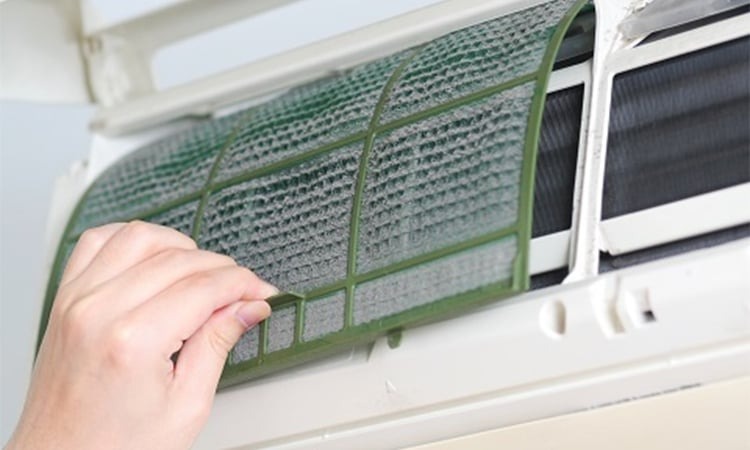
You can clean the air vents yourself with a brush or vacuum if you regularly maintain your air conditioner.
To clean your air conditioner, you can follow these steps:
1. Turn off the power: Ensure safety by turning off the circuit breaker or unplugging the power cord.
2. Remove the filter: Open the front panel of the indoor unit and gently take out the air filter. There are usually two filters in each indoor unit.
3. Clean the filter: Use a soft brush and water to gently clean the filter, being careful not to damage it.
4. Dry the filter: Let the filter air-dry or use a dry cloth to absorb the moisture. Use a dry brush and cloth to wipe away any remaining dust from other parts.
5. Reinstall the filter: Put the clean filter back in its original position.
If your air conditioner still does not cool effectively after cleaning, it is best to contact a professional technician to inspect and resolve the issue.
Cleaning: Keep Your Cool Without the Cost’>The Ultimate Guide to DIY Air Conditioner Cleaning: Keep Your Cool Without the Cost
The Great Drip: A Tantalizing Trickle of Opportunity
“During the cooling process, air conditioners condense moisture from the air into water droplets, which are then discharged through a drainage pipe. This is a normal part of the air conditioning process, but it can sometimes lead to issues with water leakage or blockages in the pipe. It is important to regularly maintain and clean the drainage pipe to prevent any potential problems. This ensures that your air conditioner functions optimally and prevents any water-related issues from occurring.”


























